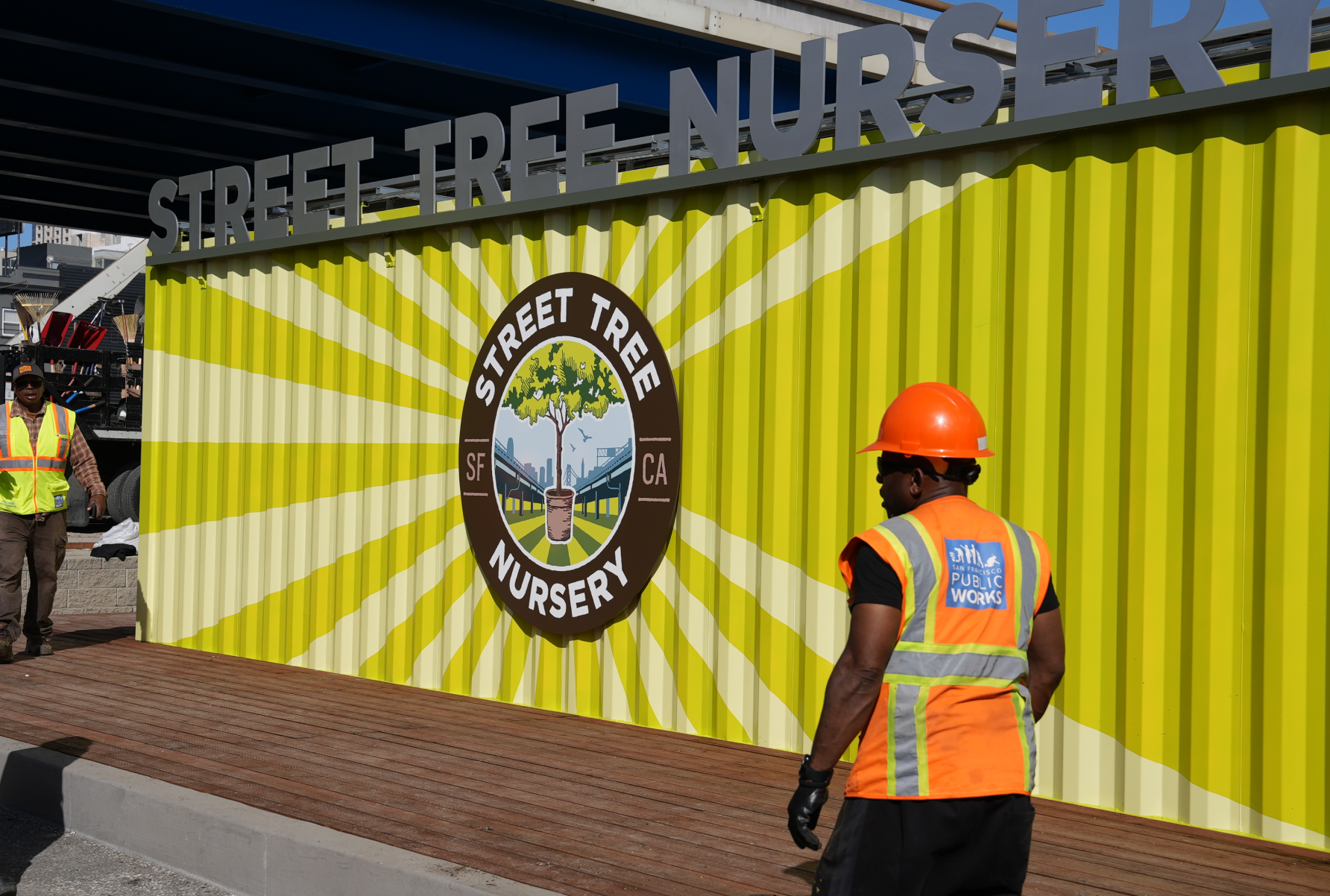
The Fiscal Year (FY) 2026-35 City and County of San Francisco Capital Plan (the Plan) is a commitment to building a more resilient, equitable, and vibrant future for the residents, workers, and visitors of San Francisco. Updated every odd-numbered year, the Plan is a fiscally constrained expenditure plan that lays out anticipated infrastructure investments over the next decade. This document is the product of input from Citywide stakeholders, who have put forth their best ideas and most realistic estimates of San Francisco’s future capital needs.
Through the application of consistent funding principles and fiscal policies, the Plan prioritizes departmental capital needs within defined fiscal constraints. The result is a road map for investments in San Francisco’s streets, facilities, utilities, parks, waterfront, transportation network, and affordable housing.
The FY2026-35 Capital Plan comes amid ongoing challenges and new opportunities. Increased labor costs, vacant office space and lower property values downtown, and the slow return of public transit ridership and tourism are contributing to an anticipated $800 million budget deficit over the next two years. At the same time, interest rates and inflation appear to be headed downward and the San Francisco voters recently passed two large general obligation (G.O.) bonds and revised the tax code to better support medium-sized businesses. The State of California also passed two significant bonds to address infrastructure needs related to climate change and school facilities. As discussed in the Capital Sources Chapter, San Francsico is deploying considerable amount of new tax increment financing through Enhanced Infrastructure Financing Districts that support multifamily housing along the waterfront, at Treasure Island, and on the west side of the city.
San Francisco is continuing to move toward a more resilient future. The Building Our Future Chapter has been updated with more details on the various policies, programs, and efforts that span beyond the 10-year time horizon of this Plan. It includes objectives contained in the Climate Action Plan, Hazards and Resilience Plan, ClimateSF Program, and the Earthquake Safety Implementation Program, including seismic hazard ratings of the most vulnerable city-owned buildings.
The current Plan recommends over $52 billion in critical infrastructure improvements over the next 10 years.
The $52 billion total level of investment recommended here is 27% higher than the previous Capital Plan, which was highly impacted by shortfalls caused by the COVID-19 pandemic, forcing reductions in the General Fund Pay-As-You-Go Program, as well as Enterprise department budgets. This increase represents an effort to restore pre-pandemic levels of capital investment in San Francisco. The recommendations in this Capital Plan reflect confidence in the City’s capacity to navigate near-term budget constraints and administer capital projects and programs in a responsible manner. San Francisco understands that ongoing investment in public assets is an essential function of government and will continue to act as a good steward of the City’s public spaces, facilities, and infrastructure.
This Plan begins to restore the severe COVID-19 induced funding reductions to previous levels by starting at a higher baseline and making large annual increases so that backlogs begin to decline.
In 2024, San Francisco passed a $300 million Affordable Housing G.O. Bond to acquire, build,and rehabilitate affordable housing; as well as a $390 million Healthy, Safe and Vibrant San Francisco G.O. Bond to improve medical, mental health, and shelter services to San Franciscans, deliver street safety and resurfacing projects, and revitalize public spaces.
Table 2.1: G.O. Bonds Passed Since 2008
| Year | G.O. Bond Program |
Amount |
|---|---|---|
|
2008 |
Neighborhood Parks and Open Space |
180 |
|
2008 |
Public Health Seismic Facilities (SFGH rebuild) |
887 |
|
2010 |
Earthquake Safety & Emergency Response |
412 |
|
2011 |
Road Resurfacing and Street Safety |
248 |
|
2012 |
Neighborhood Parks and Open Space |
195 |
|
2014 |
Earthquake Safety & Emergency Response |
400 |
|
2014 |
Transportation |
500 |
|
2015 |
Affordable Housing |
310 |
|
2016 |
Public Health and Safety |
350 |
|
2018 |
Seawall Resilience |
425 |
|
2019 |
Affordable Housing |
600 |
|
2020 |
Earthquake Safety & Emergency Response |
629 |
|
2020 |
Health and Recovery |
488 |
|
2024 |
Affordable Housing |
300 |
|
2024 |
Healthy, Safe and Vibrant SF |
390 |
|
Total |
|
6,313 |

